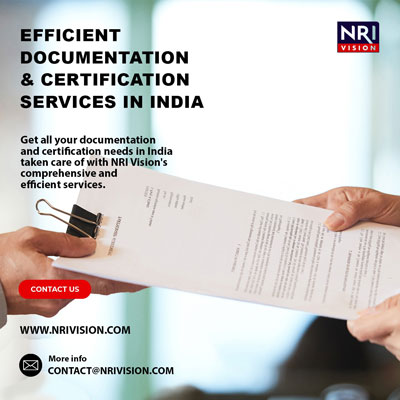India is likely to open its doors to foreign tourists for the first time in one and a half years with a decline in Covid-19 infections across the country, the Economic Times reported.
As said by officials, the first five lakh foreign tourists will be issued visas free of cost to revive the tourism, hospitality and aviation sectors that are badly affected by the Covid-19 pandemic since March 2020 when a nationwide lockdown was imposed in India.
The free visa to the tourists will be issued till March 31, 2022, or until the issuance of five lakh visas. The total financial allocation for this would be Rs 100 crore. Providing free visas to foreign tourists is expected to incentivise short-term tourists visiting India.
The e-tourist visa that was suspended in March 2020, will be given to five lakh foreign tourists for a charge ranging from $25 (a month-long e-tourist visa) and $40 (a year-long multiple entry e-tourist visa charge).
As of now, the dates are not revealed when India will welcome international tourists. However, top Union cabinet officials are in touch with all the stakeholders, discussing the expected date and modalities for opening up the country to foreign tourists.
The decision of opening India for foreign tourists is being taken as a result of the low number of Covid-19 cases in the country. India registered 30,256 fresh cases and 295 deaths in the past 24 hours, having an active caseload decline of nearly 14,000 cases in the same period last Sunday. With this, at present India has a total of 4,45,133 cases.
India’s Covid-19 vaccination drive has been successful in administering over 80 crore vaccines as of September 18.
With these, it is expected that India will welcome tourists across the globe, and a formal announcement granting permission to foreign tourists to visit India is likely to come within the next 10 days, an official from the Home Ministry told the ET.
The entry of foreign visitors may come with certain limitations related to vaccination and RT-PCR test. The opening is also expected to be in a phased manner to gauge the response and implications.



















